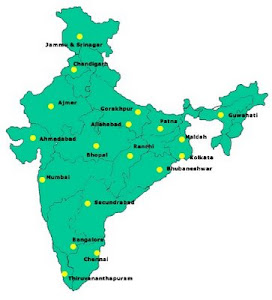The name Bhimbetka is associated with the historical figure, Bhima, from the epic Mahabharata .The word Bhimbetka is said to derive from Bhimbaithka, meaning sitting place of Bhima, a hero-deity renowned for his immense strength.
The entire area is covered by thick vegetation, has abundant natural resources in its perennial water supplies, natural shelters, rich forest flora and fauna, and bears a significant resemblance to similar rock art sites such as Kakadu National Park in Australia, the cave paintings of the Bushmen in Kalahari Desert, and the Upper Paleolithic Lascaux cave paintings in France.
Since then more than 700 such shelters have been identified, of which 243 are in the Bhimbetka group and 178 in the Lakha Juar group. Archeological studies revealed a continuous sequence of Stone Age cultures (from the late Acheulian to the late Mesolithic), as well as the world’s oldest stone walls and floors. The earliest paintings on the cave walls are believed to be of the Mesolithic period. A broad chronology of the finds has been done, but a detailed chronology is yet to be created.
The caves have evolved over time into excellent rock-shelters, ideal sites for aboriginal settlements. The smooth shape of the rocks has led some scientists to believe that the area was once under water. The rocks have taken on incredible shapes in several stunning hues and textures. Apart from the central place the aboriginal drawings have in human history, the caves themselves offer interesting material for a study of the earth's history.
The rock shelters and caves of Bhimbetka have a number of interesting paintings which depict the lives and times of the people who lived in the caves, including scenes of childbirth, communal dancing and drinking, and religious rites and burials, as well as the natural environment around them.[6]
Executed mainly in red and white with the occasional use of green and yellow with themes taken from the everyday events of aeons ago, the scenes usually depict hunting, dancing, music, horse and elephant riders animal fighting, honey collection decoration of bodies, disguises, masking and household scenes. Animals such as bisons, tigers, lions, wild boar, elephants, antelopes dogs, lizards, crocodiles etc. have been abundantly depicted in some caves popular religious and ritual symbols also occur frequently
The superimposition of paintings shows that the same canvas was used by different people at different times. The drawing and paintings can be classified under seven different periods.
Period I - (Upper Paleolithic): These are linear representations, in green and dark red, of huge figures of animals such as bison, tigers, and rhinoceroses.
Period II - (Mesolithic): Comparatively small in size the stylised figures in this group show linear decorations on the body.
In addition to animals there are human figures and hunting scenes, giving a clear picture of the weapons they used: barbed spears, pointed sticks, bows and arrows. The depiction of communal dances, birds, musical instruments, mother and child pregnant women, men carrying dead animals, drinking, and burials appear in rhythmic movement.
Period III - (Chalcolithic) Similar to the paintings of the Chalcolithic, these drawings reveal that during the period the cave dwellers of this area were in contact with the agricultural communities of the Malwa plains and exchanged goods with them.
Period IV & V - (Early historic): The figures of this group have a schematic and decorative style and are painted mainly in red white and yellow. The association is of riders, depiction of religious symbols, Tunic-like dresses and the existence of scripts of different periods. The religious beliefs are represented by figures of yakshas, tree gods and magical sky chariots.
Period VI & VIl - (Medieval) : These paintings are geometric linear and more schematic, but they show degenerations and crudeness in their artistic style. The colours used by the cave dwellers were prepared combining manganese, hematite (soft red stone), and wooden coal.
Sometimes the fat of animals and extracts of leaves were also used in the mixture. The colours have remained intact for many centuries due to the chemical reaction resulting from the oxide present on the surface of the rocks.
One rock, popularly referred to as “Zoo Rock”, depicts elephants, sambar, bison and deer. Paintings on another rock show a peacock, a snake, a deer and the sun. On another rock, two elephants with tusks are painted. Hunting scenes with hunters carrying bows, arrows, swords and shields also find their place in the community of these pre-historic paintings. In one of the caves, a bison is shown in pursuit of a hunter while his two companions appear to stand helplessly nearby; in another, some horsemen are seen, along with archers.
It is a marvel that the paintings have not faded even after thousands of years. Many archaeologists ponder on the possibility that these paints were made of colored earth, vegetable dyes,[dubious ] roots, and animal fat. Brushes were made of pieces of fibrous plants. Because of the natural red and white pigments the artists used, the colors have been remarkably well preserved. The oldest paintings are considered to be 12,000 years old, but some of the geometric figures date to as recently as the medieval period.
The colours used are vegetable colours which have endured through time because the drawings are generally made deep inside a niche or on inner walls. The presence of the figure of a horse, which is supposed to have come into India in relatively recent times, indicates that some of the drawings date back a few thousand years but there are other drawings which have been established as of the paleolithic age by archaeologists, using carbon dating techniques.





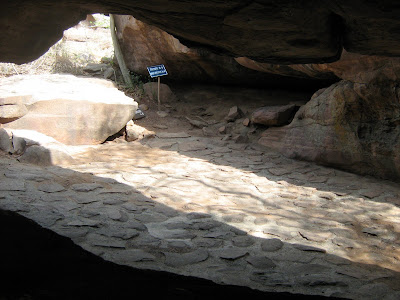






 downward to mix with smokes coming from somewhere nearer to the ground. A dense fog formed. Nudged by the wind, it rolled across the road and into the alleys on the other side. Here the houses were packed close, ill-built, with badly-fitting doors and windows. Those within were roused in darkness to the sound of screams with the gases already in their eyes, noses and throats. It burned terribly, it felt like fire.
downward to mix with smokes coming from somewhere nearer to the ground. A dense fog formed. Nudged by the wind, it rolled across the road and into the alleys on the other side. Here the houses were packed close, ill-built, with badly-fitting doors and windows. Those within were roused in darkness to the sound of screams with the gases already in their eyes, noses and throats. It burned terribly, it felt like fire. 






 Indian Holiday offers comprehensive online information on the Hotels in Madhya Pradesh to the benefit of the large number of tourists who flock to this central Indian state.
Indian Holiday offers comprehensive online information on the Hotels in Madhya Pradesh to the benefit of the large number of tourists who flock to this central Indian state.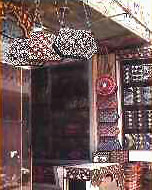 Handicraft is a major product of the old city. There is a rising demand for its very famous zardozi work, embroidery done on bridal dresses, sherwanis, and purses. Another famous handicraft of Bhopal is `Batua`, a small string purse.
Handicraft is a major product of the old city. There is a rising demand for its very famous zardozi work, embroidery done on bridal dresses, sherwanis, and purses. Another famous handicraft of Bhopal is `Batua`, a small string purse.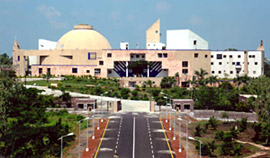 Bhopal houses the State Legislative Assembly, or the Vidhan Sabha, which seats 230 members of Legislative Assembly. The administration of Bhopal city is handled by Bhopal Municipal Corporation, also known as BMC.
Bhopal houses the State Legislative Assembly, or the Vidhan Sabha, which seats 230 members of Legislative Assembly. The administration of Bhopal city is handled by Bhopal Municipal Corporation, also known as BMC.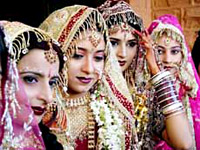 Bhopal is a city where its citizens give importance to exquisite culture and manners. The city is famous for its culture of parda(veil for women), zarda(tobacco plant), garda aud namarda(eunuch). Eunuchs form an integral part of Bhopali culture and any celebration without them is considered incomplete. They roam around the city collecting donation for festivals as Diwali, Holi, Eid etc. During occasions like marriage or childbirth, they visit the families and demand huge sums for donations. They also have started to contest in elections at local and state levels. The people of Bhopal are used to paan eating. The paans in Bhopal are wide in variety and innovations.
Bhopal is a city where its citizens give importance to exquisite culture and manners. The city is famous for its culture of parda(veil for women), zarda(tobacco plant), garda aud namarda(eunuch). Eunuchs form an integral part of Bhopali culture and any celebration without them is considered incomplete. They roam around the city collecting donation for festivals as Diwali, Holi, Eid etc. During occasions like marriage or childbirth, they visit the families and demand huge sums for donations. They also have started to contest in elections at local and state levels. The people of Bhopal are used to paan eating. The paans in Bhopal are wide in variety and innovations.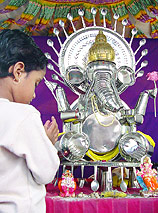 The festivals celebrated at Bhopal are:
The festivals celebrated at Bhopal are: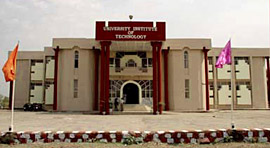 Bhopal has a number of educational institutions that provide education at nominal fees and they are affiliated to the Madhya Pradesh Board. There are a number of Convent schools which are run by the missionaries and 4 Central schools in the city which are affiliated to the Central Board of Secondary Education. There are 23 engineering colleges in and around Bhopal.
Bhopal has a number of educational institutions that provide education at nominal fees and they are affiliated to the Madhya Pradesh Board. There are a number of Convent schools which are run by the missionaries and 4 Central schools in the city which are affiliated to the Central Board of Secondary Education. There are 23 engineering colleges in and around Bhopal.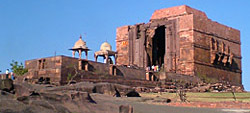 The important places of interest in Bhopal are:
The important places of interest in Bhopal are: